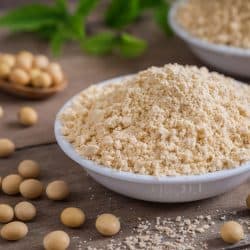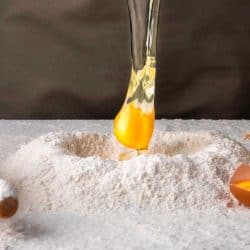Baking is an art that requires a bit of research for choosing the correct flour for the recipe. The incorrect flour could ruin the perfect batch of holiday cookies or cause your birthday cake to flop, and these are less than ideal outcomes for your treasured recipes. We've compiled the necessary information to help you choose the correct flour or substitution for your next recipe. The flour section can be daunting, with specialty flours displayed in clever packaging. Let's expound upon the unique differences of flours and the possible substitutions.
Via careful research, we've discovered the main components that vary between bread flour and all-purpose flour are the gluten and protein percentages. The protein percentages facilitate the final texture--how the pastry mixes, rises, and bakes, and the consistency during consumption. Gluten percentages contribute to the airiness-- the number of porous holes within the slices of bread, cakes, cookies, etc.
The flour substitutions can be a tad daunting to novices or seasoned bakers. Rest assured, we have analyzed the topic and created a well-organized article to help reduce confusion. Moreover, to help guide you through substitutions when you run out of your trusted brand or need to adjust due to a food allergy. Please continue reading to take the headache out of flour substitutions and avoid frantic last-minute trips to the store. Also, the following information will assist you in becoming a better-educated baker and consumer.
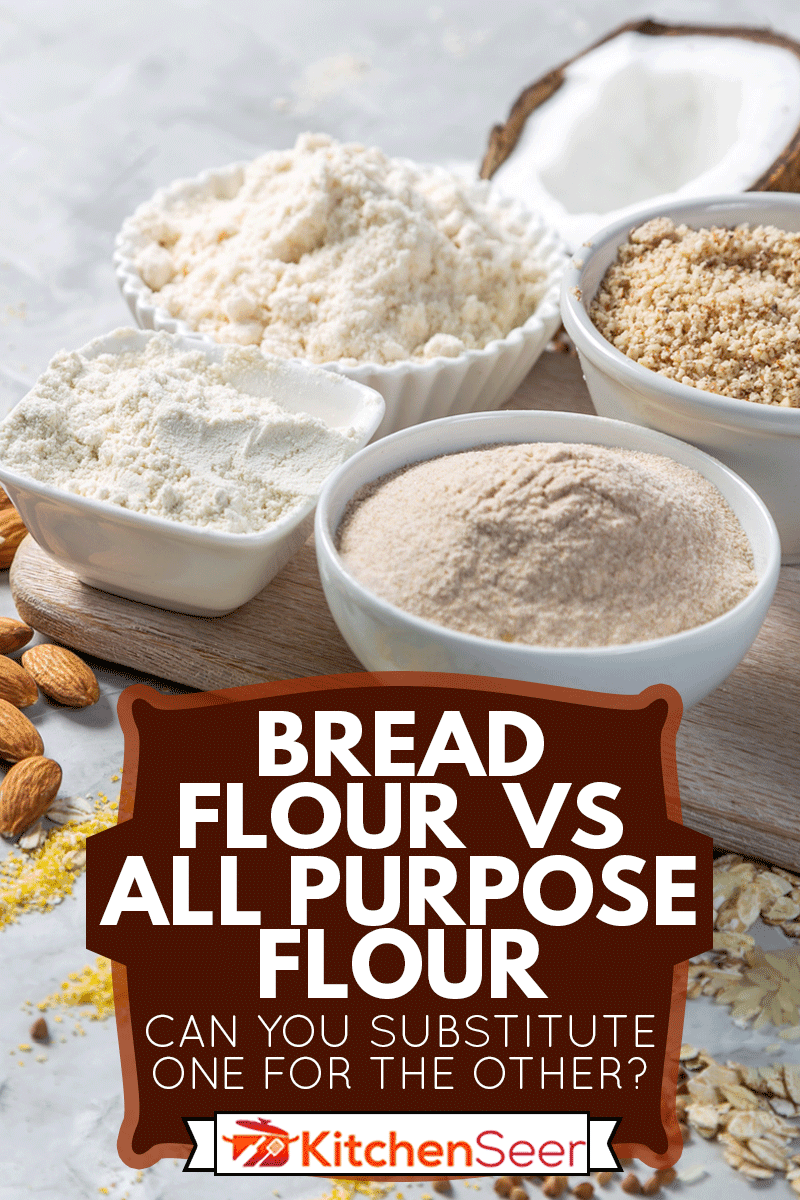
What Can I Use If I Don't Have All-Purpose Flour?
An array of substitutions are possible, depending on the recipe and if gluten-free alternatives are required. All-purpose flour could be substituted with bread flour for bread, hard rolls, pasta, or pizza crust dough. Each of these pastries benefits from flour that is higher in protein content. On average, bread flour has 12% to 13% protein, and all-purpose flour has 11% to 12%; this could vary slightly depending on the brand.
Cake or pastry flour has 6% to 8% protein and creates a lighter final product. Cake or pastry flour is an excellent substitution for cookies, muffins, and pancakes, where a lighter pastry consistency is desired. For gluten-free alternatives, one could use chickpea or rice flour for the majority of recipes. Moreover, the consistency of the pastry may be heartier and heavier than with traditional flours.
Spelt flour is comparable to all-purpose flour with 12% to 13% protein ratios, and the flavor is similar to whole wheat. Substituting all-purpose flour with spelt flour, the ratios are 1-cup all-purpose for 1-cup spelt. The main differential is that spelt flour does create pastries that are a bit drier than those baked with all-purpose. One could adjust baking time or add a slightly increased amount of butter, oil, or water to reduce dryness.
Is Self-Raising Flour All-Purpose Flour?
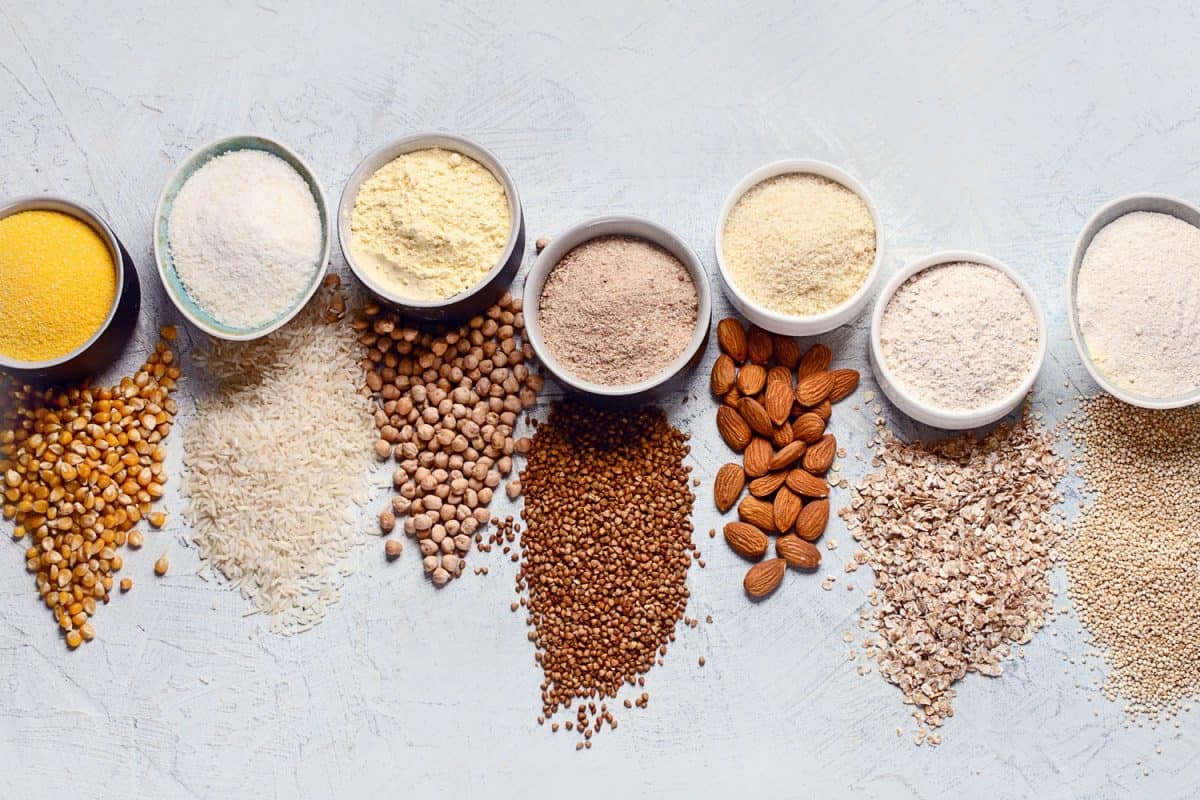
Self-raising flour comprises all-purpose flour, baking soda, and salt; these ingredients hasten the rising process and don't require the bakers to add additional leaveners like yeast. Self-raising flour has 8.5% protein and is ideal for biscuits, muffins, and pancakes. Although, many bakers choose to add subsequent yeast products to increase the volume of the final product.
Generally, all-purpose flours are available bleached or unbleached and are made from blends of hard red wheat and soft wheat 80:20 ratio and are fortified with minerals and vitamins. Both of these flours offer benefits and could be substituted interchangeably depending on the recipe and preferred texture of the pastry.
What Is The Best Substitute For White Flour?
Depending upon the recipe, dietary requirements, and personal tastes, many types of flour could substitute white flour. Whole wheat flour is encouraged as a dependable substitute due to its similar protein and gluten percentages.
Also, whole wheat flour improves the nutritional value of the pastry via increased fiber, B1, B3, and B5 vitamins, and higher levels of folate, iron, and other minerals. An additional fun fact about whole wheat is that the flour ratio remains the same when substituted for white flour for most recipes. Spelt is often substituted for white flour, and the measurement ratio is 1-cup for 1-cup, and the taste is comparable to whole wheat.
Rye flour is another promising substitute that provides a nutty flavor and pairs well with hearty bread and cookie recipes with heavier flavors, dark chocolate, coffee, cardamom, ginger, salted caramel, and toffee. Rye flour does have less gluten than all-purpose flour. It does contain lower gluten levels that make dense and dryer baked goods.
Generally, extra water is required when mixing rye-based doughs, and bake times may need to be reduced by a minute or two, depending on the recipe.
Rye flour substitutions vary depending on the recipe and could differ in ratio from 1/4-rye for 1-cup white flour or 1-cup rye for 1-cup white flour. Remember, this depends on taste preference. The greater the rye measurements, the denser the pastry, and the taste will be considerably richer than white flour.
Gluten-Free Alternatives
Almond flour is a gluten-free, heart-healthy, keto-friendly option that provides high protein-dense flour that is great for pastry recipes that benefit from a chewy consistency. The almonds fat content, almond four is high in fat and is great for hearty baked treats. The substitute ratio is 1-cup of white flour for 1/4-cup of almond flour.
Coconut flour is another gluten-free alternative suggested as a substitute for almond flour for nut allergies. Created from ground coconuts, the flour is heart-healthy and permissible for most keto diets. Also, it is rich in LCTS, MCTS and has been proven to help sustain healthful eating and successful dieting via decreased hunger. The substitute ratio of 1-cup of white flour for 1/5-cup coconut flour is standard for biscuits, cookies, health bars, and muffins.
Oat flour derived from ground oats and groats, this gluten-free flour alternative is rich in dietary fiber and high in proteins. Oat flour is a bit heavier and richer than the other flours mentioned. Which does add increased density to pastries, which help stave off hunger and soothe digestion. The substitution ratio is 1-cup white flour for 1/5-cup coconut flour.
Can You Substitute Einkorn Flour For All-Purpose Flour?
Einkorn flour is considered the world's oldest wheat and has contributed to the development of the culinary world over the centuries. It contains higher levels of proteins, fatty acids, phosphorous, potassium, and B6.
Einkorn is not gluten-free, although the percentage of gluten is lower than other types of wheat flour. Allegedly, the lower gluten ratios are partly why it is slightly easier to digest than other kinds of wheat flour.
Einkorn flour could be substituted for all-purpose flour, although it poses more of a baking challenge due to the lesser gluten levels. Einkorn flour absorbs liquids at a slower rate than conventional flours. The baker must allow time for the dough to rest and slowing absorb the liquids.
Do be mindful of adding additional eggs or liquids because those could eventuate to an overly thin dough. Also, bread dough made solely with Einkorn requires little to no kneading because the protein and gluten ratios are significantly different than other wheat flours. The substitution ratios are 1-cup for 1-cup with increased resting time for the dough.
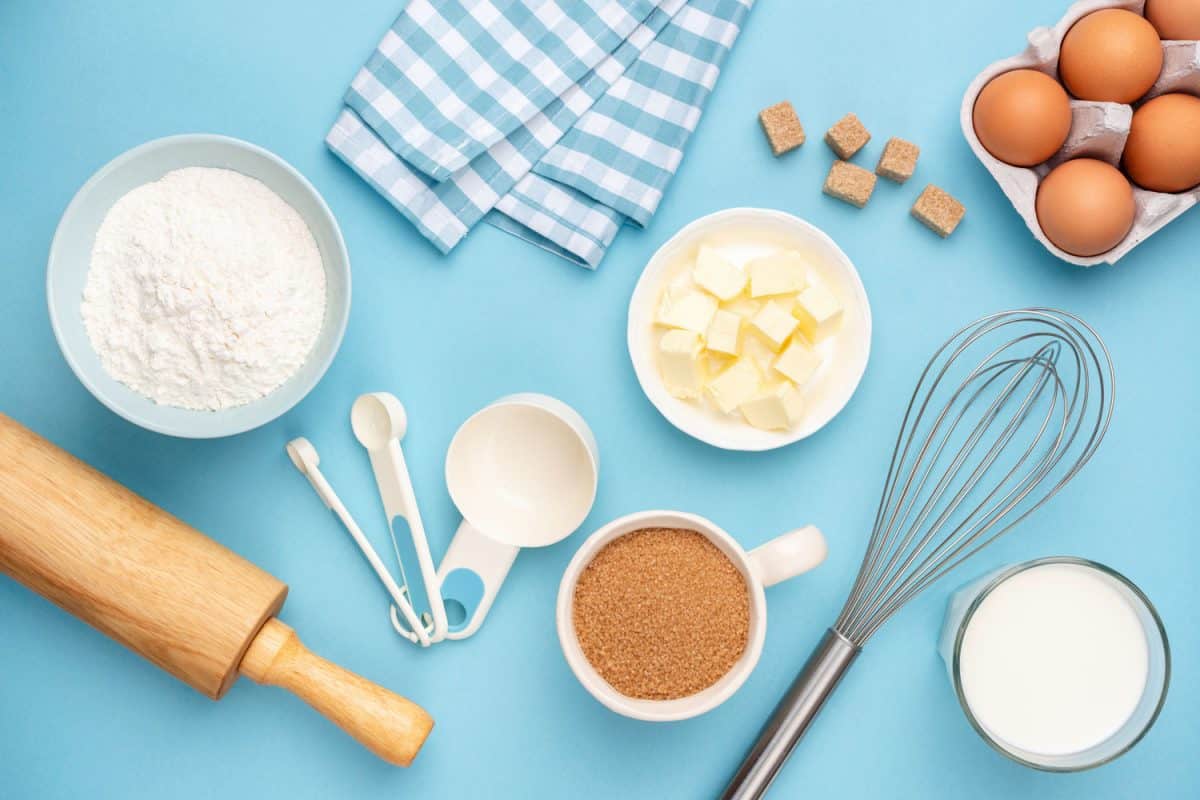
Food for Thought
Trying new flours and substitutions does take practice and, at times, trial and error to achieve the perfect loaf of bread or batch of cookies. Navigating the world of baking can pose its challenges; if you feel frustrated, consider reaching out to others who have ample experience baking. Also, the internet has a plethora of resources for learning more about the culinary world; blogs, books, classes, Pinterest, recipes, Youtube, and social media groups all offer information to novices or seasoned bakers alike. The baker's hotline provides a valuable service for bakers, with telephone or online help from culinary experts.
Baking is a great skill to possess, especially in the modern world of ever-increasing grocery prices. Honing the ability to make your own baked goods for yourself and your family is becoming an increasingly valuable skill. Investing your time in mastering these skills will pay great dividends economically via saving your hard-earned money, and your overall health will benefit as well.


